Your location:Home >Automotive News >
Time:2022-07-04 13:44:36Source:
One of the confusions with buying a new car is that many times (even for someone who should know better, namely the salesperson), the name of the all-wheel-drive (AWD) vehicle is clearly confused with the vehicle and is used interchangeably to designate four-wheel-drive (4WD).Another confusion is that sometimes you will see 4-wheel drive written as "FSD" which actually means "front wheel drive".

That's understandable; however,there's an easy lesson to learn from this new guide from Consumer Reports'automotive expertswho confidently clear up your confusion so that the next time you buy something you've never had before When looking at a new or used car with a different drivetrain configuration, you'll understand the differences and the pros and cons of each.
That said, here's a rundown of the drivetrains you'll find in today's cars.
It's all about getting the right grip
Today's cars have some pretty impressive and sophisticated electronic stability systems that help your vehicle stay on track at all times - especially in bad weather and conditions that change fairly quickly, such as on mountain national park roads or altitude change during descent.
Chief among these systems is your vehicle's powertrain, which is available in four configurations: front-wheel, rear-wheel, all-wheel and four-wheel drive.Each configuration offers some common characteristics and some differences in grip.And, choosing the right grip for your needs should be one of the factors in your car purchase.
Drivetrain explains some definitions of advantages and disadvantages
Front Wheel Drive --- Offered in most passenger cars, front wheel drive (FWD) refers to the transfer of engine power to the front wheels.
The reasons for the front wheel drive design are:
• Lower manufacturing cost and therefore the cheaper option in the car.
• More space saving, as seen in the Prius transaxle system.
• Since the weight of the engine is on the front wheels, FWD provides better traction when climbing hills and on slippery surfaces.
• More sporty performance and fuel economy due to lower weight compared to other configurations.
Rear Wheel Drive - Rear Wheel Drive (RWD) is commonly found in full-size pickups, truck-based SUVs, sports cars, and other performance cars and luxury sedans.This range of vehicle types is due to RWD allowing the use of larger and stronger suspension components designed to handle the heavy loads of trucks; on performance and luxury vehicles, rear-wheel drive improves the car's balance and feel, Its weight is more evenly distributed along its length than front weight.
The advantage of the rear wheel design is that it leaves more room for improving the suspension system at the front.The downside of RWD is that this configuration provides less traction on slippery surfaces; therefore, trucks and SUVs are often offered with optional all-wheel drive or 4-wheel drive.
All-wheel drive - common in car-based SUVs and some passenger cars, the all-wheel-drive configuration is capable of powering each of its four wheels - usually switched in an axle-dependent manner in mud, sand and other Provides optimum traction when driving off-road in muddy conditions such as loose surfaces.However, depending on the model,AWDis usually mostly focused on the front or rear axle, and only switches axles under certain conditions.
Statement: the article only represents the views of the original author and does not represent the position of this website; If there is infringement or violation, you can directly feed back to this website, and we will modify or delete it.
Preferredproduct
Picture and textrecommendation
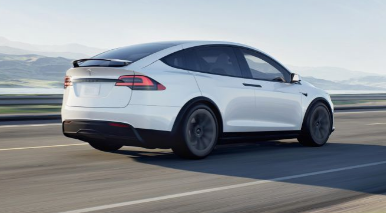
2022-08-04 12:57:12
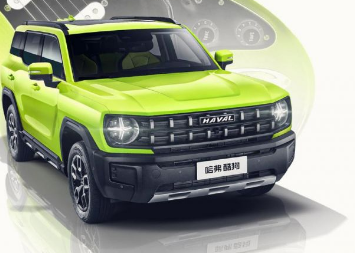
2022-08-04 12:56:48
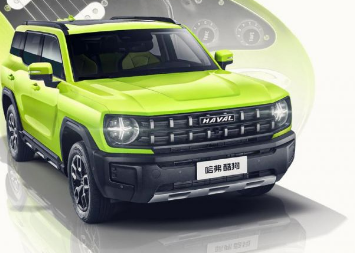
2022-08-04 12:56:28
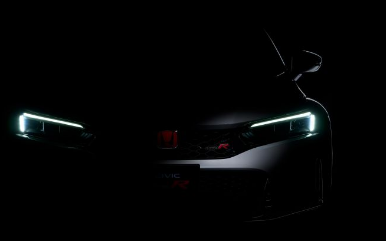
2022-08-04 12:56:04
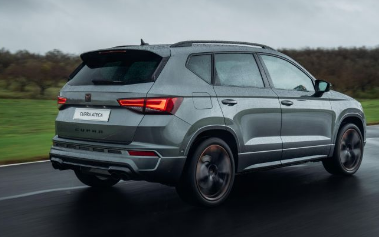
2022-08-04 12:55:36
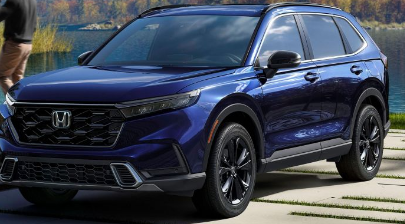
2022-08-04 12:55:11
Hot spotsranking
Wonderfularticles
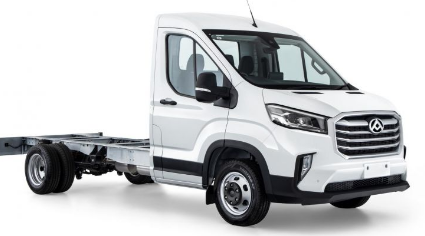
2022-08-04 12:54:48
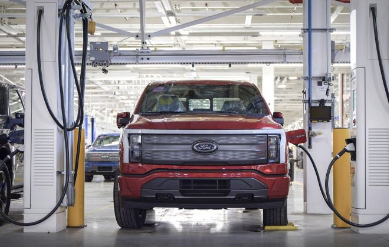
2022-08-04 12:54:20

2022-08-04 12:53:54
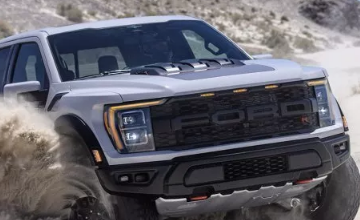
2022-08-04 12:53:32
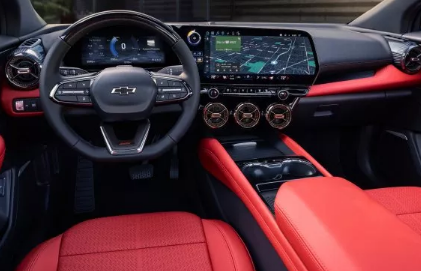
2022-08-04 12:53:03
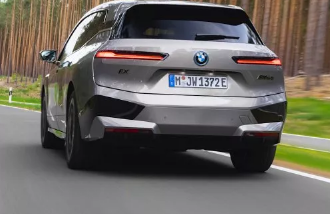
2022-08-04 12:52:26
Popularrecommendations
